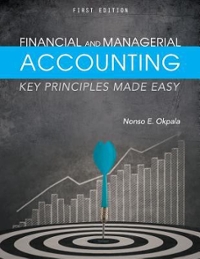Question
[Questions 20-21] An investor owns a stock. Daily change in stock price, S, has the standard deviation of 13. To hedge risks of the stock
[Questions 20-21] An investor owns a stock. Daily change in stock price, S, has the standard deviation of 13. To hedge risks of the stock price, the investor considers cross-hedging using one of the following futures contracts. The following table shows each futures contracts standard deviation F of futures price change, F, and the correlation coefficient between S and F. Futures contract F A 22 0.7 B 20 0.9 C 15 0.6 D 10 0.8 If the investor shorts h units of futures, the change in the portfolio value is S hF. 20. Which futures contract results in the smallest variance, Var (S hF)? (Assume that for each futures, we use respective minimum-variance hedge ratio). (a) contract A (b) contract B (c) contract C (d) contract D 21. What is the minimum variance if we use the futures contract found in question 20? (a) 5.67 (b) 32.11 (c) 60.84 (d) 86.19
[Questions 22-23] The current term-structure of spot rates is as follows (with continuous compounding): Maturity (years) Zero-rate(%) 1 3.0 2 4.5 3 5.5 22. What is the implied forward rate r0(2, 3)? (a) 6.00% (b) 6.75% (c) 7.50% (d) 7.53% 23. A bank offers a special bond A through which investors can borrow (lend) $100 in year 2 and repay (receive) $100e 0.07 in year 3. Is there an arbitrage? If so, what is the arbitrages net cash flow in year 0? (Consider an arbitrage strategy where we use one unit of bond A and the net cash flows are zero from years 1 through 3) (a) 0.392 (b) 0.456 (c) 0.499 (d) 0.538
Step by Step Solution
There are 3 Steps involved in it
Step: 1

Get Instant Access to Expert-Tailored Solutions
See step-by-step solutions with expert insights and AI powered tools for academic success
Step: 2

Step: 3

Ace Your Homework with AI
Get the answers you need in no time with our AI-driven, step-by-step assistance
Get Started


